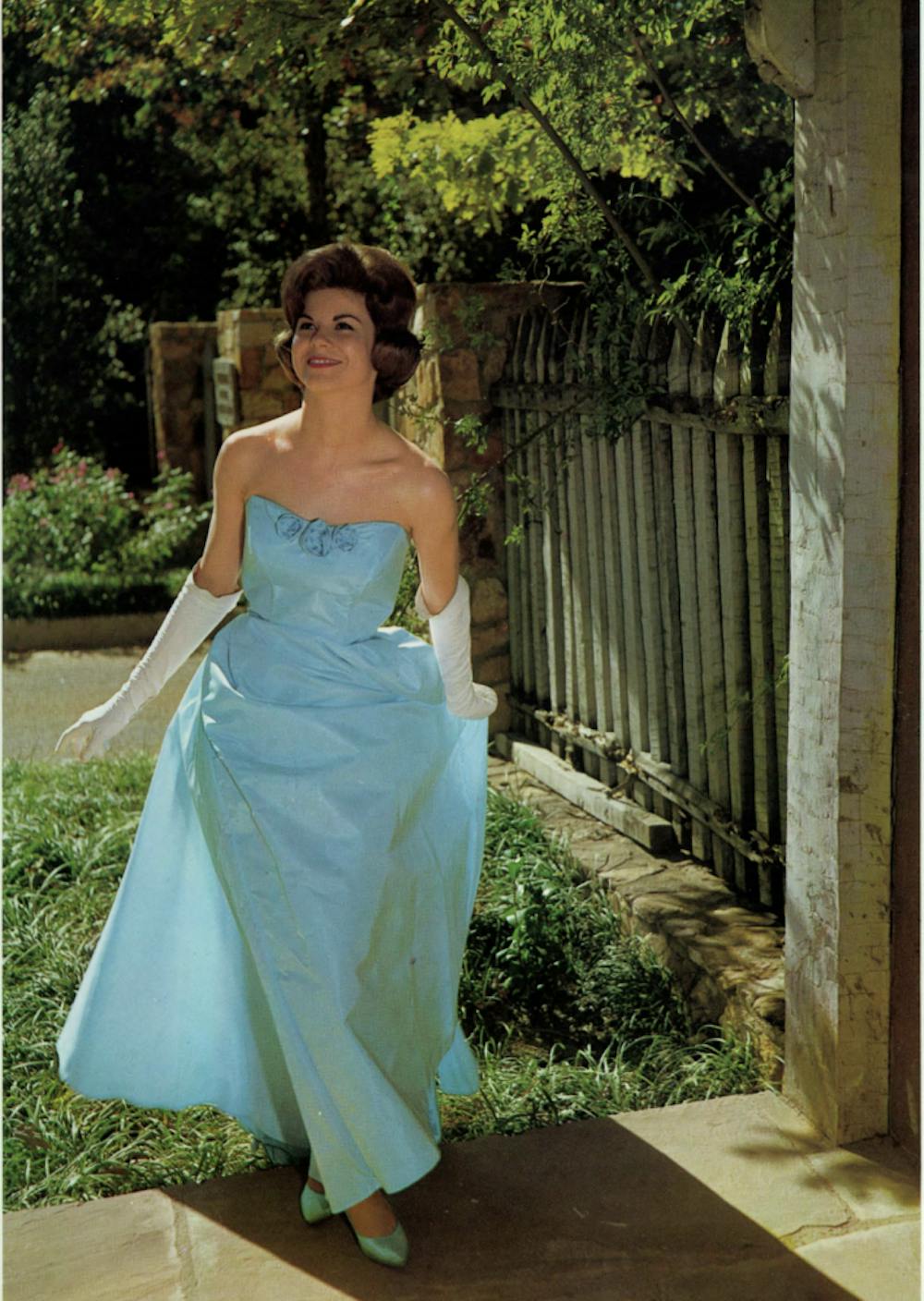Pretty is one of those undefinable words society has always used to describe things such as a pretty flower or a pretty woman. However, what is seen as pretty constantly changes based on societal norms, beauty trends and even just time itself.
Beauty is defined as “a pleasing quality associated with appearance that arouses a strong, contemplative delight,” according to an article published in the Auburn University’s Glomerata in 1984.
The key to this definition of beauty lies in the word “appearance.” Some people may argue that beauty has intrinsic value rather than solely relying on physical features. Pretty, on the other hand, is a different story.
The word “pretty” and the word “beauty” vary in definition, and although they may seem similar, the word pretty was not originally associated with beauty at all. According to the Oxford Dictionary, the Old English version of pretty originally meant clever or cunning and was used to describe people who were crafty or tricksters.
The word all but disappeared from written documents for a few hundred years before reemerging in the mid 1400s with new meaning, closer to what it is now. The progression went from something clever to something that was pleasing to the eye, which is what people associate with the adjective today.
Pretty things must please the eye in order to fulfill the modern-day definition of the word, but since everyone has a different perspective, what is pretty to one person may not be to another. The problem with pretty is how easily it can be confused with beauty, a much more complex concept.
A popular column in Auburn’s Glomerata for many years was called
the Beauty section. This was a section in which Auburn’s most beautiful ladies were presented along with taglines such as “she’s a looker” and “cute as a button,” as seen in the 1984 edition.
According to the Glomerata, the top-20 beauty finalists were chosen on the basis of photogenity alone. They were later judged based on interviews, sportswear and evening gown competitions.
The header of the 1984 Beauty section led with “only the lucky ones” in big bold letters. This phrase was taken from a line later in the article written by Eric Gronquist where he said, “At a campus known throughout the country for its beautiful women, it seems only the lucky ones can reign.”
Gronquist’s statement held some truth if beauty is to be judged based off of how pretty one will look in a picture because whether someone is pretty or beautiful is just luck of the draw based off of cultural expectations.
The beauty section told the story of these ever-changing cultural looks as the winners across the years changed in appearance from hairspray-doused curls with poufy skirts to girls sporting perms and jeans.
The idea of beauty has evolved over the years, but many people still associate the word purely with appearances. One example of this is the expectation of slenderness and its correlation with fashion.
Having a thin, tan and fit figure seems like the ideal body most women strive for as it graces the covers of many magazines and television screens, but the concept of slenderness as the ideal body type actually didn’t emerge until the early twentieth century.
Auburn history professor Melissa Blair mentions a book called “Fasting Girls,” written by Joan Jacobs Brumberg, in which this phenomenon is referenced, where exercise begins to be emphasized around the 1890s and corsets start to go out of style.
“In other words, the ideal of a narrow waist wasn’t new, but, now it was a women’s responsibility to achieve that through her own efforts,” Blair said.
Clothing became more formfitting and thinner around the 1920s, and a slender look was deemed the most attractive.
Flash forward 30 years, and it can be seen how easily expectations change.
“The 1950s certainly was a time that really glorified women’s curves, especially the breasts, and where skirts got fuller and looser again,” Blair said. This was the era when Marilyn Monroe was at the height of her fame and a fuller curvy body was all the rave.
The history of pretty tells people one important thing, that really, anything can be.
Do you like this story? The Plainsman doesn't accept money from tuition or student fees, and we don't charge a subscription fee. But you can donate to support The Plainsman.





